Ultimate Focal Length Comparison | What is Focal Length?
What is the focal length of a lens and how do you perform a focal length comparison? This is important to understand as you can achieve different creative results with different focal lengths. The best way to visualize and compare different focal lengths is with the help of images. This way you will understand what focal length is best for what creative result.
What is Focal Length?
The focal length of the lens represents the distance in millimeters (mm) from your camera sensor to your lens nodal point. This distance is printed on the lens. Essentially the focal length describes how wide or how narrow the field of view is with a lens. Visually the focal length of different mm lenses is noticeable in how much of the scene will be visible. Zoom lenses have a variable focal length and prime lenses have a fixed focal length.
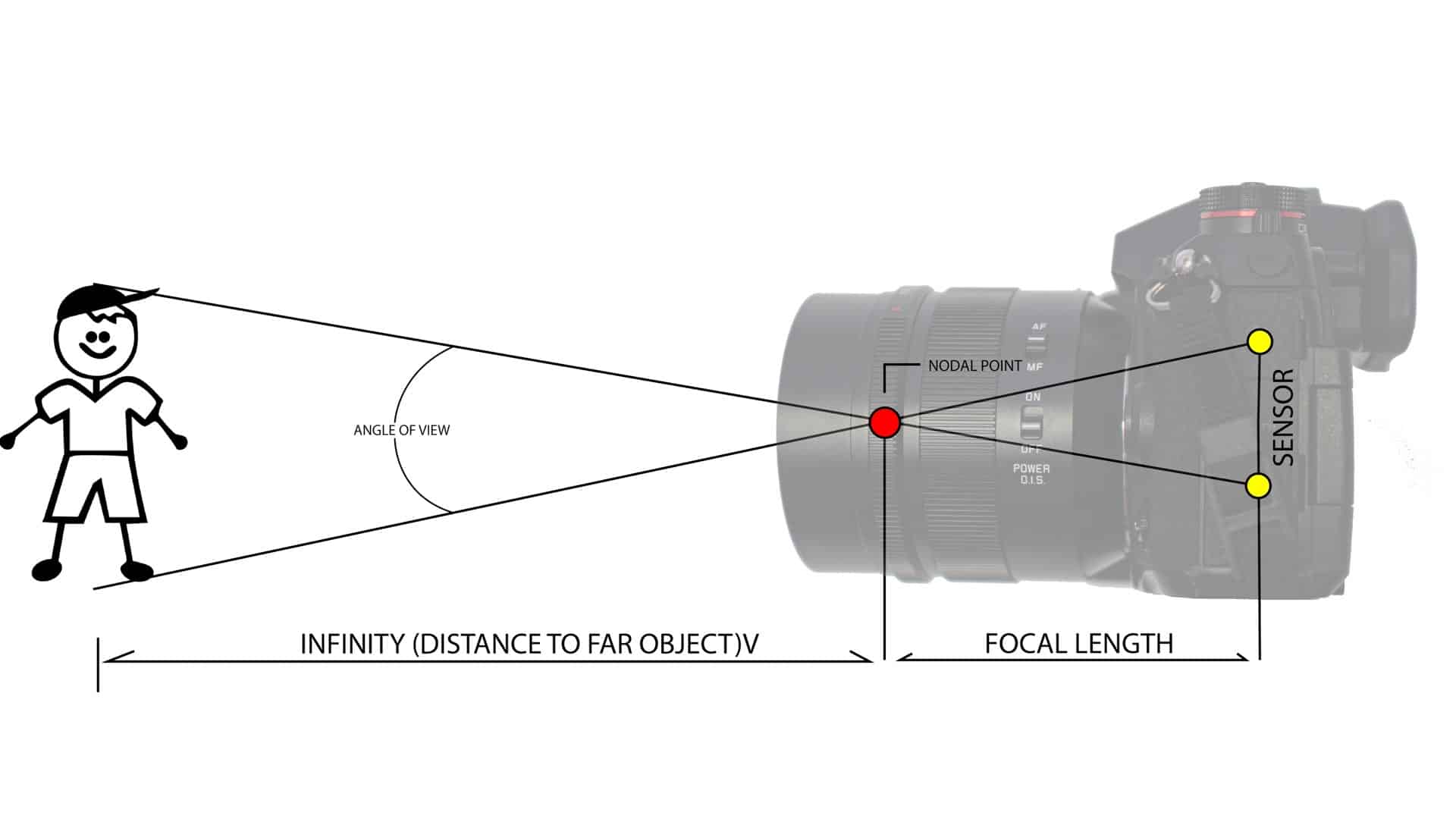
A shorter focal length is often used with wide-angle lenses which are popular to use for real estate and landscape photography. This is because, with a wider field of view, you can capture the whole room or landscape in one frame. A longer focal length has a narrower angle of view and is often used for sports photography or by wildlife photographers.
What does focal length indicate?
The focal length of a lens is determined when the lens is focused at infinity. Lens focal length indicates the angle of view and how much of the scene will be captured. The magnification of a lens indicates to how large individual elements will be.
The lower the focal length number the wider field of view you will have with that lens. The effect of wide-angle lenses with a short focal length is that they visually make the subject further away than they are. The higher the mm number on your lens the more narrower angle of view you get and the closer it will make your subject appear in the image. Most wide angle lenses don’t need in-lens image stabilization, but zoom lenses like telephoto lenses have in-lens image stabilization to help you to take away minor movements. You can read more about Image Stabilization here.
How to compare different focal lengths?
With the next series of images, I’ve created a focal length comparison. All images are taken with different focal lengths. I chose to compare the common focal lengths of 16 mm, 50 mm, 85 mm, and 400mm. The camera used for this is the Sony A7RV which is a full-frame camera.
It’s important to mention the difference between a full-frame camera and a crop sensor camera when comparing the focal lengths of the lenses. A micro 4/3 sensor used in a camera like the Panasonic GH5s has a 2.0 crop factor when compared to a full frame camera. This means that for a micro 4/3 lens with a focal length of 25mm, the full-frame equivalent is 50 mm.
Another crop sensor is the APS-C sensor used in a camera like the Sony A6700. This image sensor has a 1.5 crop factor compared to a full-frame camera. This means that for a micro APS-C lens with a focal length of 18mm, the equivalent focal length for a full-frame camera is 27mm.
Wide angle lens 16-35mm
I love to shoot with wide angle lenses and the 16-35 from Sony is my favorite because of the great image quality. It’s the go-to lens for many landscape photographers and also a popular lens for real estate photography. Because of the wide angle of view, I’m able the fit the whole scene in one frame.
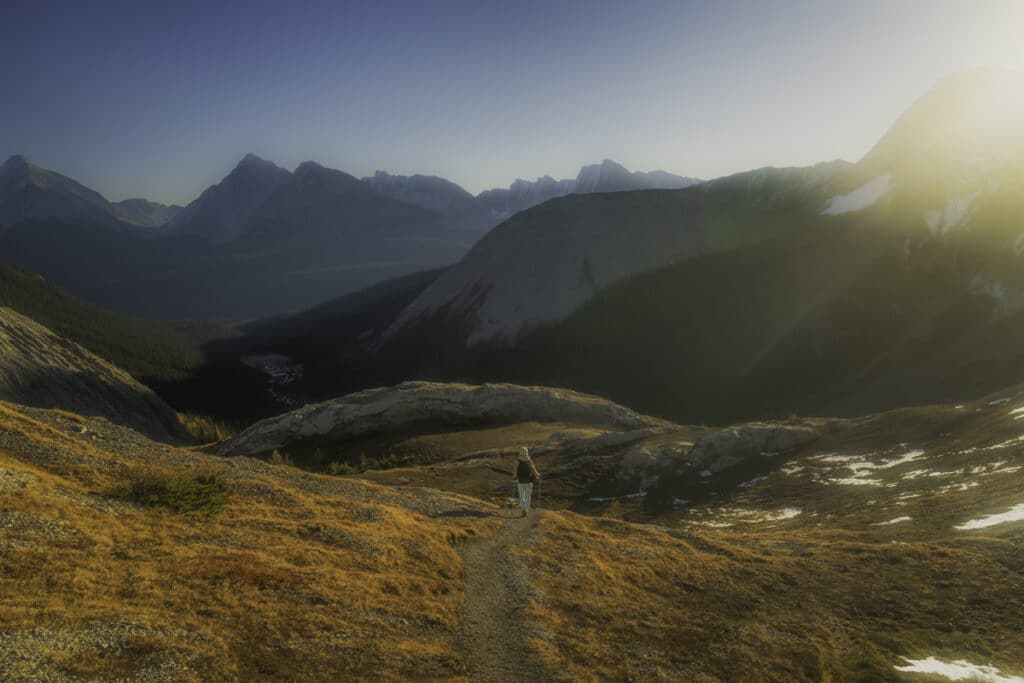
Standard focal length 50mm
This focal length is said to be identical to the human eye. The image is what you see with your eyes, in terms of distance. When shooting a close-up from a face, this is the minimum focal length you want to use. I love to shoot with the Sony 50mm F1.4 to make the audience feel as if they are there and capture the scene through their own eyes. Also, the depth of field is amazing with beautiful bokeh.
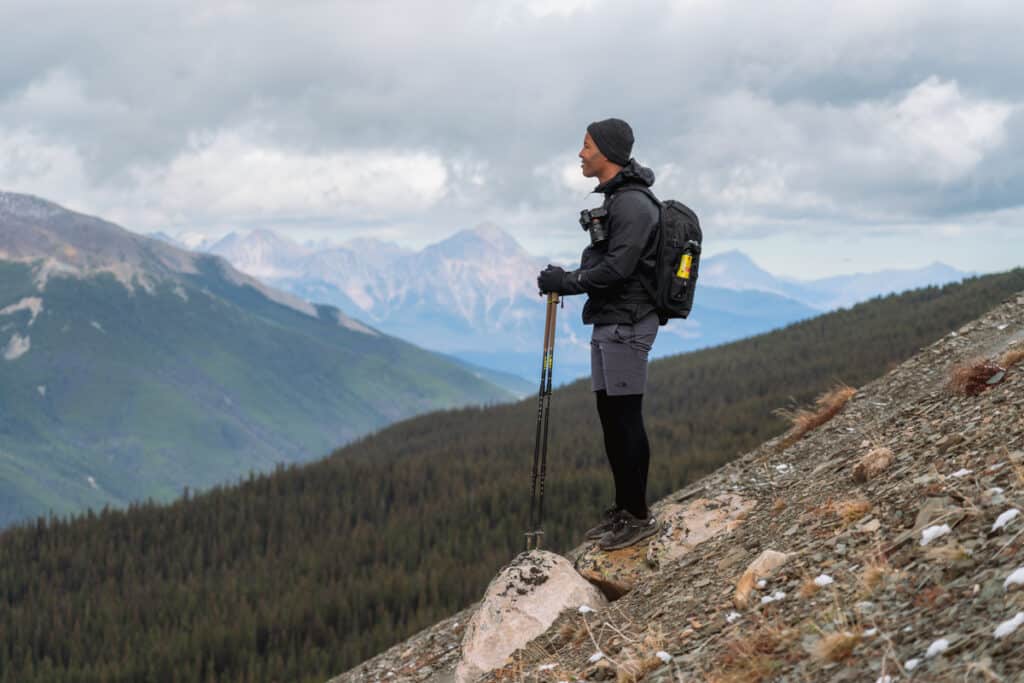
What is the best focal length for portrait photography?
The best focal length for portrait photography is 85 mm. The Sigma 85mm 1.4 is a great lens to use when shooting close-ups of people’s faces, as it gives the most flattering look. This focal length will help you to capture people’s emotions in a very detailed way. For this type of photography, you want your audience to focus only on the person in your frame. Because of the low aperture combined with the longer focal length the lens compresses the background with beautiful bokeh.
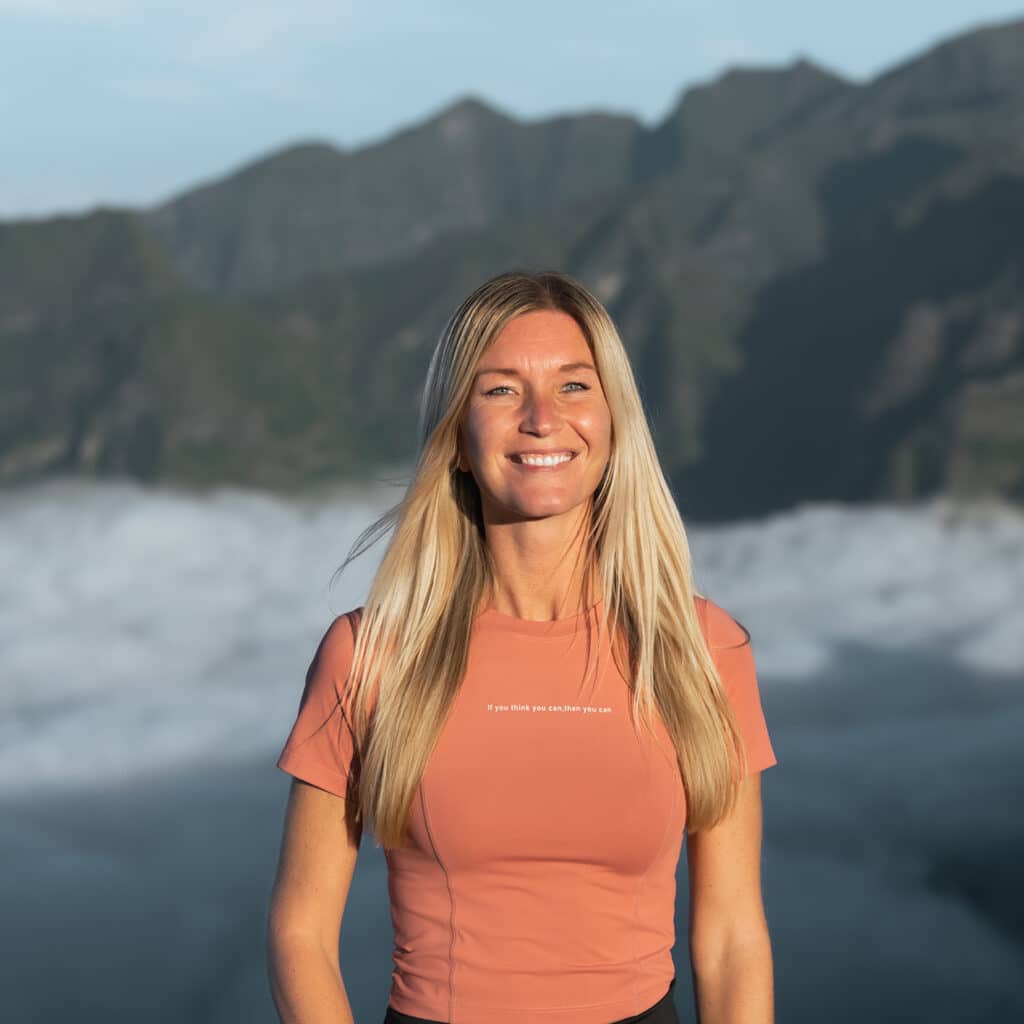
What is the best long focal length lens?
It’s hard to point to a specific focal length as the best long focal length lens. Popular focal lengths for a long zoom lens are 70-200mm and 100-400mm.
There can be different scenarios for using these focal lengths for. Most of the time I will use it when I can’t get any closer to the subject I like to capture. It’s perfect to capture birds or wildlife and mountain peaks in the far distance. Or when you like to separate the subject from its surroundings in a minimalistic way. Also when capturing the moon you’ll need a long focal length to get close to it.
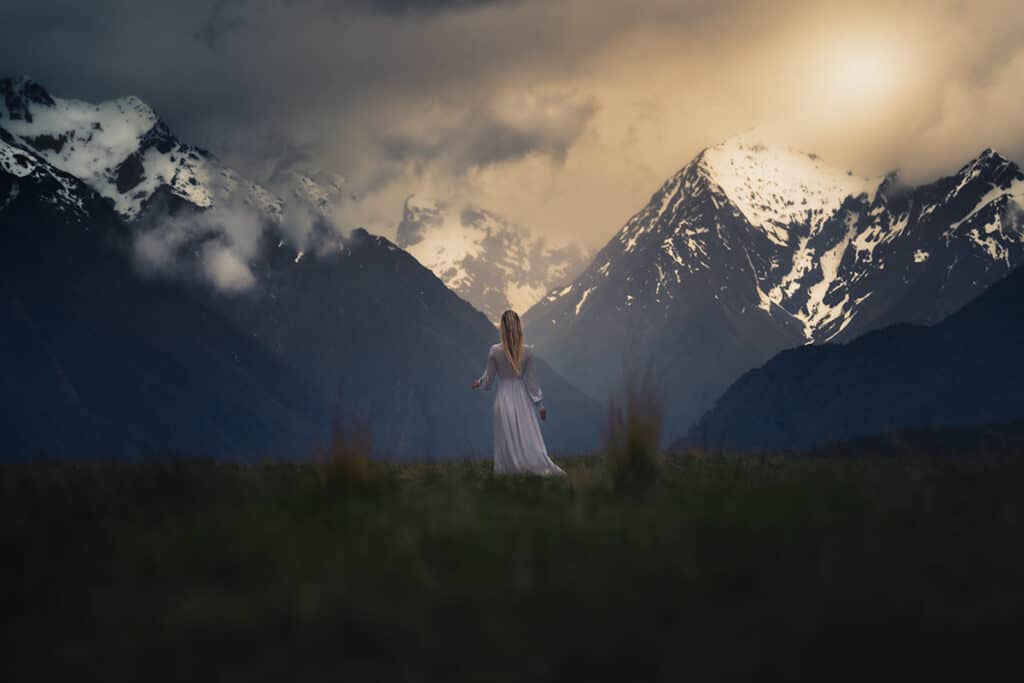
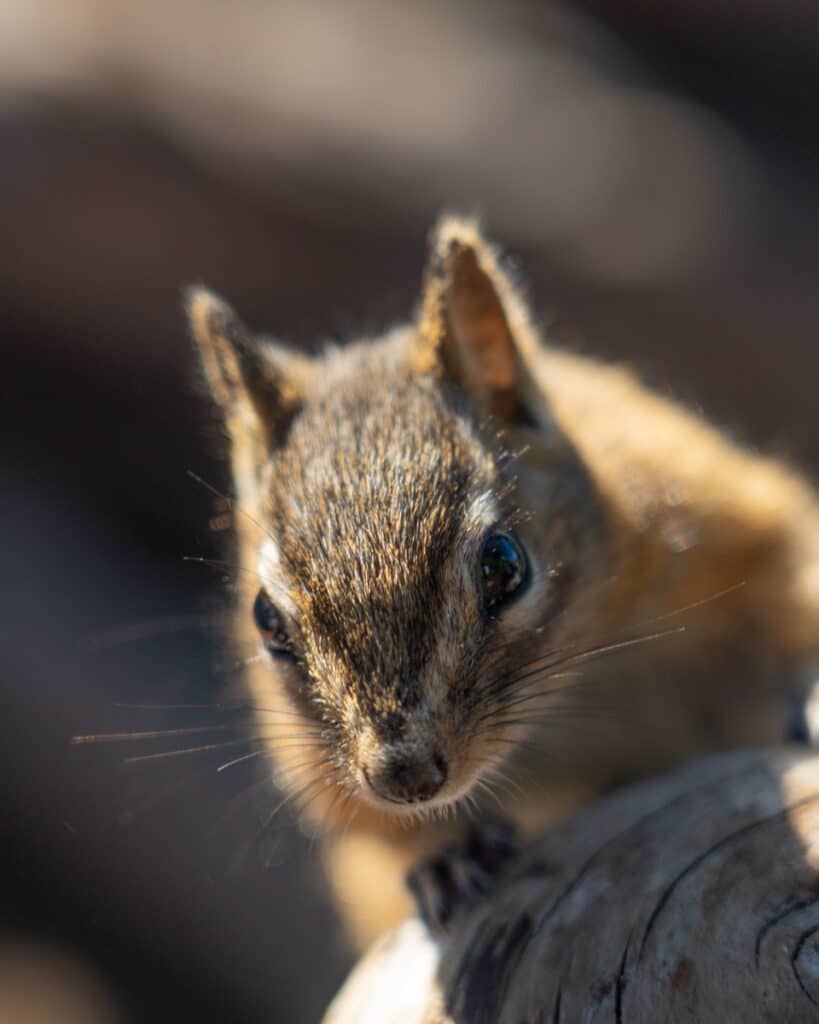
Do you want to learn more?
I hope you learned a lot about the focal length of a lens with this focal length comparison. It’s important to understand the differences in case you are looking for a new lens. After reading this article you should have a better understanding of the basic creative rules for using different camera lenses.
If you still have any questions don’t hesitate to ask me in the comments section!
Do you need more information about Focal length? Read my other blog!
How to Calculate Focal Length without a Focal Length Calculator?

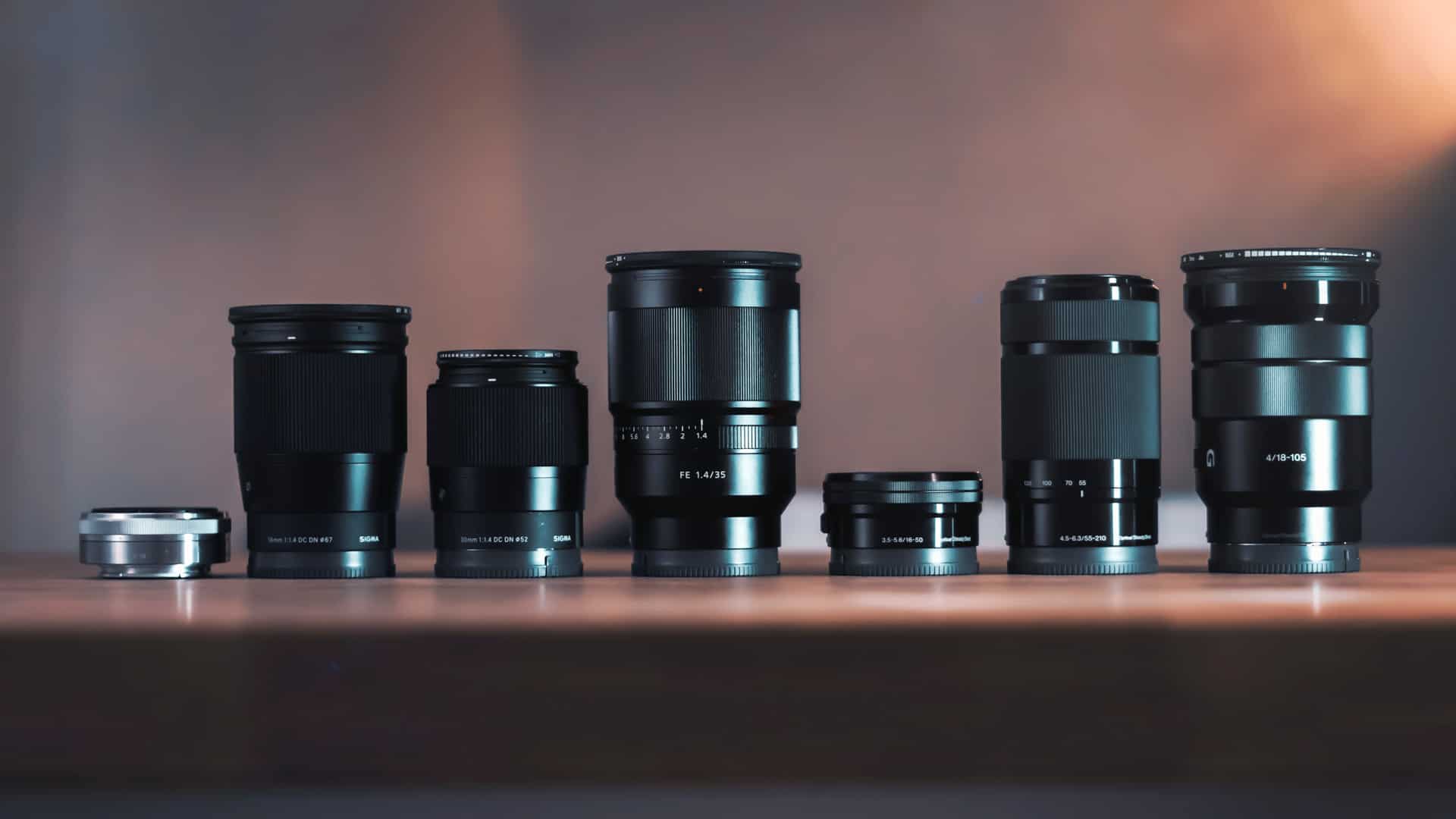

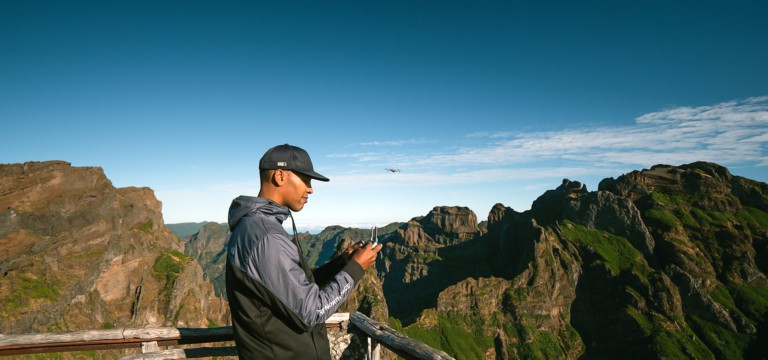
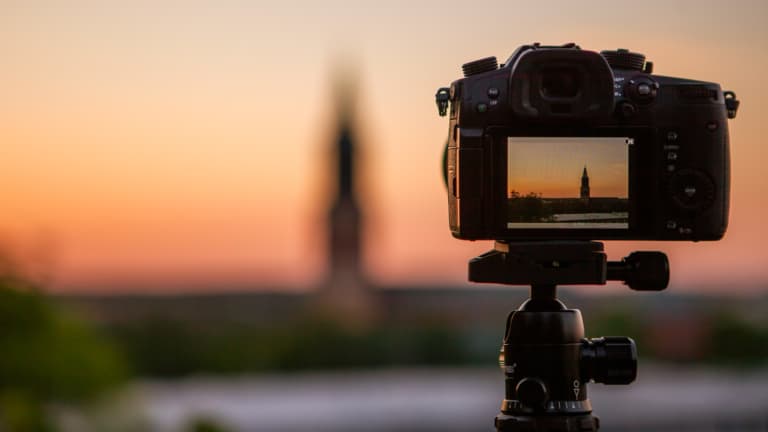

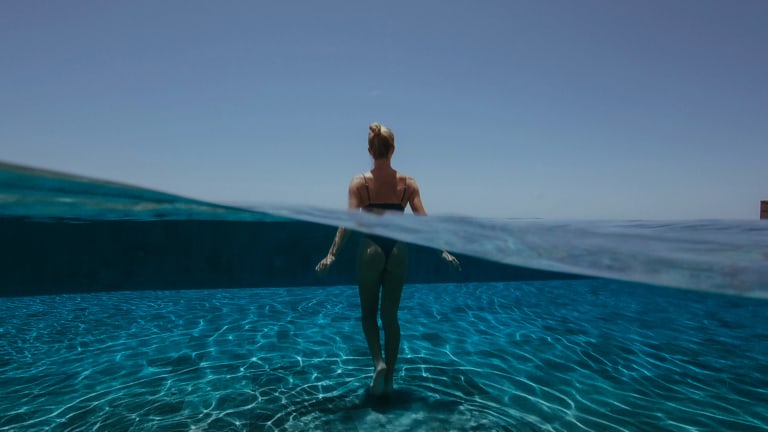
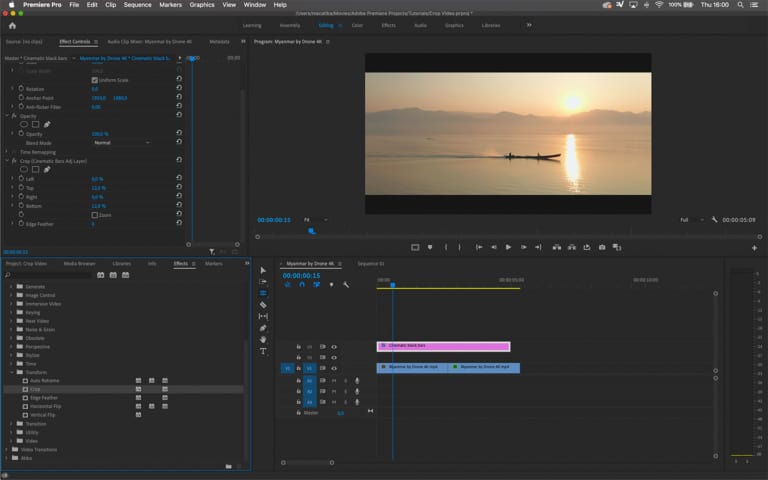
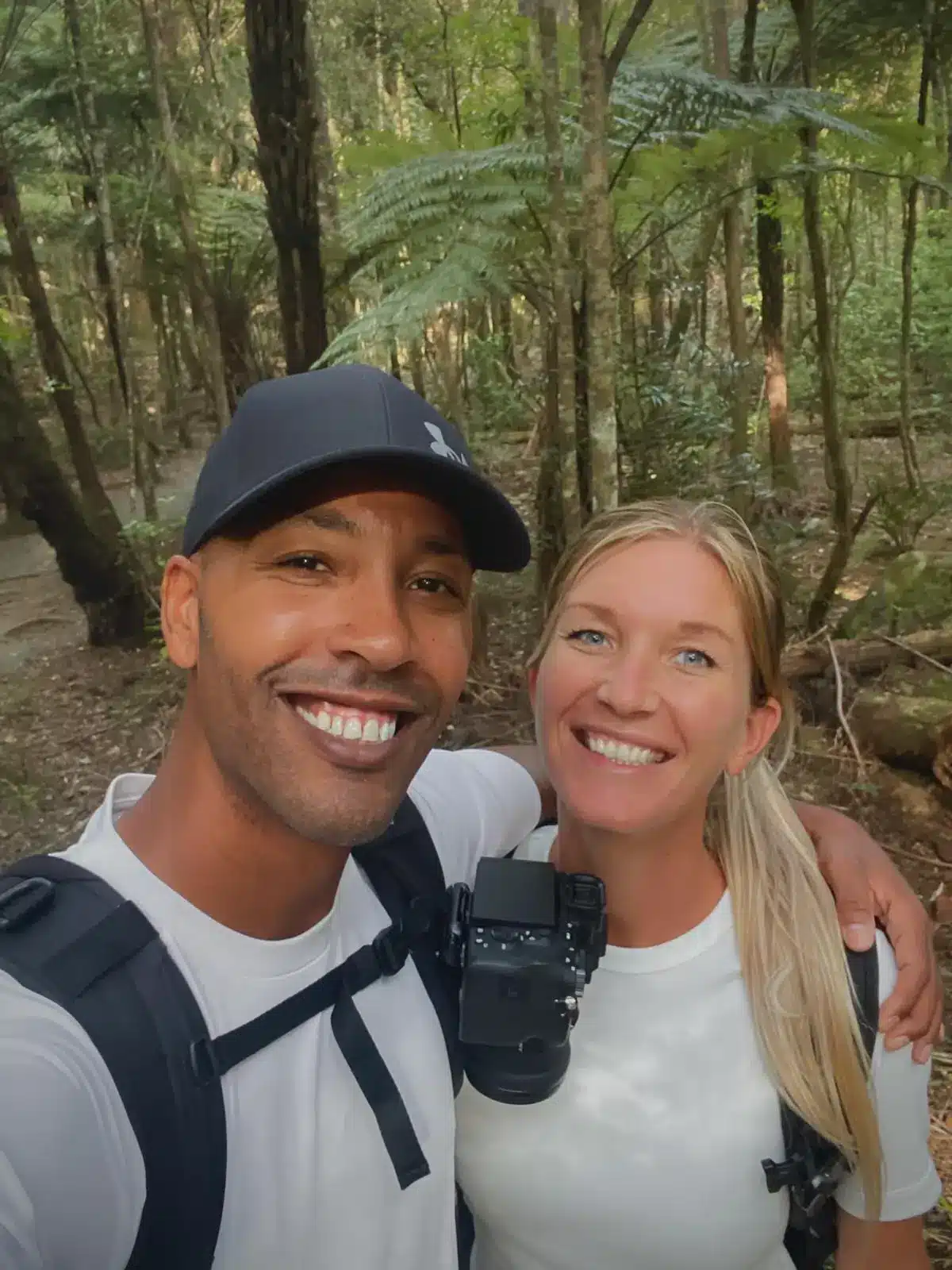
Hi Atiba,
Thank you for sharing this article! Nice combination of particle tips and pictures to reflect the differences. I look forward for more of these kind of blogs as I find them very useful to increase my camera skills!
Hi Mwata that’s too kind, thanks! Great to know this article helps you to improve your camera skills! I’m looking forward to seeing some work of you 😃
Hi Atiba,
Like your short an compact instructions. Easy to practice with.
Look forward to the next one.
Thanks so much for your lovely comment Hetty. Great to have you here and have fun with practicing!
Hi Atiba, great tips and tricks to make our pictures more beautiful. The examples you show us are very interesting👌. Thank you for sharing.
That’s fantastic guys! We are looking forward to see your improved pictures! Thanks for your comment 😊